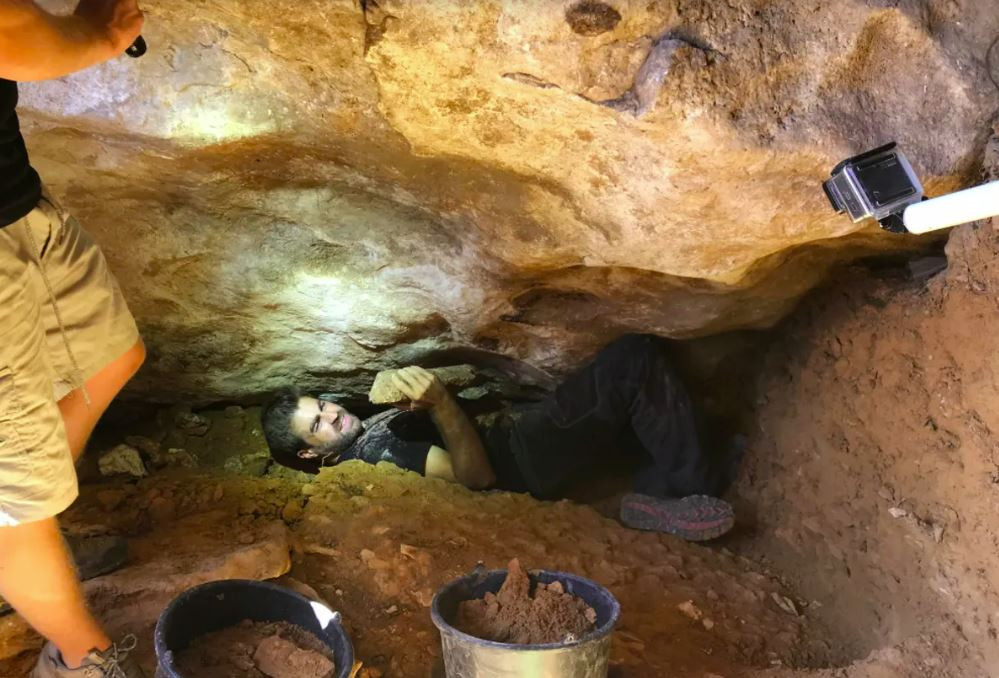It is not uncommon for scientists to have the opportunity to explore a habitat “frozen in time” for thousands of years. But when researchers began to suspect a cavernous area hiding inside the cliffs of southeast Spain in 2015, they found much more than they expected.
It would take years for the cave’s size to become clear, but what researchers have so far discovered in their careful exploration of the ancient cavern is that it was once home to long-extinct bears, whose claw marks can still be seen among the monstrous stalactites hanging from the cave’s ceiling.
Expeditions into the Cueva del Arco, located within the Cañón de Almadenes in Cieza, Spain, are led by researchers from the University of Murcia. Included in the expedition is Professor Ignacio Martín Lerma, who was one of the first to see the cave by poking his head under a rock to see what’s on the other side.
The entrance, which was supposed to be a modest opening at first, was found to be a huge space with ceilings that stretched 20 meters above the floor of the cave.
“We found ourselves facing a world-class discovery,” the team said in a statement. The rooms were huge, some 20 meters high, making them the tallest rooms in the area. Their stalactites were also unique, some 3 meters long and 1 centimeter wide, meaning they had grown in conditions of almost unparalleled stability thanks to the cave’s isolation over thousands of years.

One of the most remarkable findings collected from the enormous site was the cave bear’s claw marks on the walls. Cave bears (Ursus spelaeus) are thought to have gone extinct about 24,000 years ago and are incredible creatures that weigh about half a ton and reach up to 3 meters in length.
Traces carved into the walls of the ancient cave show that these bears lived further south of the peninsula than anticipated. They didn’t actually live in such caves, but most of their fossils have been found in caves. This is thought to be due to the fact that they die during hibernation, where they develop large sinuses to succeed.
But it’s also possible that the plant-based giants were doomed because of the same large sinuses, as the position of their teeth makes it nearly impossible for them to eat meat. As the Earth froze and vegetation disappeared, cave bears may have been less adaptable to the cold than their meat-eating cousins, Ursus arctos, who survived to this day.
Although the discoveries unearthed in the cave have exceeded the expectations of the researchers, the parts that have not been discovered yet increase the excitement for the cave. With such a rare and untouched natural treasure at their disposal, the team insists that they proceed with extreme caution.